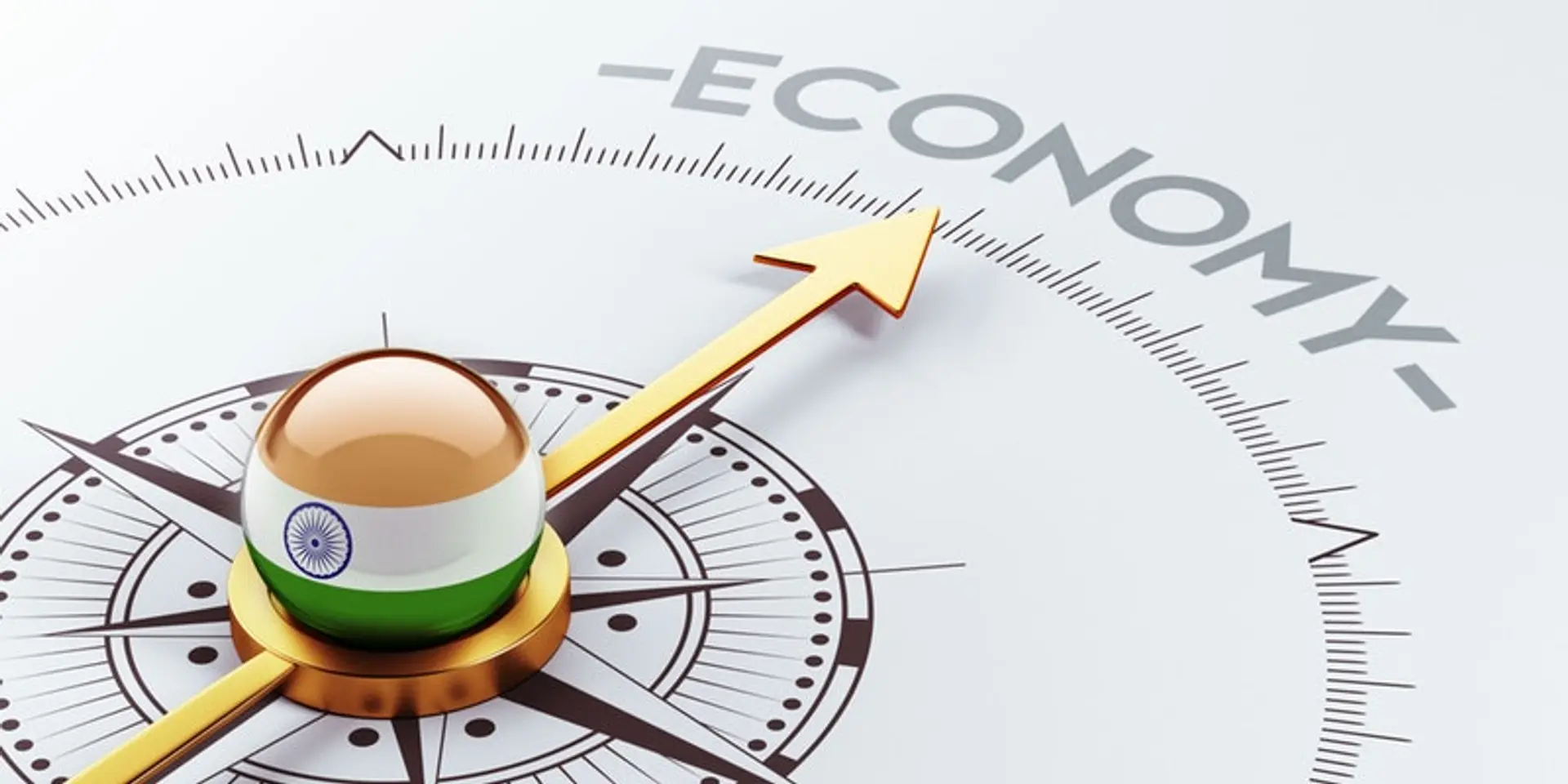India's green financing requirement estimated at 2.5% of GDP: RBI Study
The Reserve Bank of India's report on Currency and Finance (RCF) for the year 2022-23 covers four major dimensions of climate change to assess future challenges to sustainable high growth in India.
India's green financing requirement is estimated to be at least 2.5% of GDP annually till 2030, a Reserve Bank report said on Wednesday.
The country aims to achieve net zero emissions target by 2070.
The Reserve Bank of India's report on Currency and Finance (RCF) for the year 2022-23 covers four major dimensions of climate change to assess future challenges to sustainable high growth in India.
The areas are the unprecedented scale and pace of climate change; its macroeconomic effects; implications for financial stability; and policy options to mitigate climate risks.
The country's goal of achieving the net zero target by 2070 would require an accelerated reduction in the energy intensity of GDP by around 5% annually and a significant improvement in its energy-mix in favour of renewables to around 80 % by 2070-71, it said.
"India's green financing requirement is estimated to be at least 2.5% of GDP annually till 2030," the report said.
It also mentioned about projected estimates of green finance requirements by various organisations.
Citing Ministry of Environment, Forest and Climate Change (MoEFCC), the report said the cumulative total expenditure for adapting to climate change in India is estimated to be Rs 85.6 lakh crore (at 2011-12 prices) by the year 2030.
According to the report, a balanced policy intervention with progress ensured across all policy levers will enable India to achieve its green transition targets by 2030, making the net zero goal by 2070 attainable. "Climate change is upon us".
As per the World Meteorological Organisation (WMO), the 2015-22 period was the warmest on record.
Despite the cooling effects of La Nina into its third year, 2022 was the eighth consecutive year in which annual global temperature reached at least 1 degree celsius above pre-Industrial Revolution levels, fuelled by ever-rising Green House Gas (GHG) concentrations and accumulated heat.
"India's diverse topography makes it highly vulnerable to climate risks, manifested in the form of sustained rise in temperature, erratic monsoon patterns, and rising frequency and intensity of extreme weather events.
"India's goal of becoming an advanced economy by 2047 and achieving the net zero target by 2070 would require accelerated efforts in terms of reducing the energy intensity of output as well as improving the energy-mix in favour of renewables," it said.
Further, the report said scenario analysis suggests that delayed climate policy actions could be costlier in terms of larger output losses and higher inflation.
As per the report, India's susceptibility to physical risks emanating from climate change raises significant concerns on policy trade-offs surrounding growth-inflation.
"Scenario analysis indicates that the Indian economy may be deeply impacted, with inflation rising and output falling in the medium-term under a lenient mitigation plan," it said.
Risk mitigating domestic policies and global concerted efforts could, however, help in containing the adverse impact on growth and inflation, the report said.
According to the report, the financial sector faces the dual challenge of recalibrating its operations and business strategies to support the green transition process while also strengthening resilience to rising vulnerability to adverse climate events so as to safeguard financial stability.
On the first challenge, estimates suggest that the green financing requirement in India could be at least 2.5 % of GDP annually to address the infrastructure gap caused by climate events.
The financial system may have to mobilise adequate resources and also reallocate current resources to contribute effectively to the country's net-zero target, it added.
On the second challenge, results of a climate stress-test reveal that public sector banks may be more vulnerable than private sector banks in India.
"A pilot survey of key stakeholders in the financial system in India suggests that notwithstanding rising awareness about climate risks and their potential impact on the financial health of entities, risk mitigation plans are largely at the discussion stage and yet to be widely implemented," the RBI study said.
On policy options to mitigate climate risks, the report said the enormous scale of the green transition challenge and the colossal cost of delayed policy actions warrant a comprehensive decarbonisation strategy, encompassing all carbon emitting sectors of the economy and all available policy levers -- fiscal, technology, regulatory, trade and monetary.
"The policy mix needs to strike the right balance between a carbon tax, technology support for non-fossil fuel, green hydrogen, carbon capture and storage, standards for energy efficiency, regulatory tweaks incentivising flow of adequate resources for green projects and adoption of energy saving appliances at home and in business establishments," it said.
Estimates suggest that compared with a no policy action scenario that could increase India's carbon emissions to 3.9 gigatonnes by 2030 (from 2.7 gigatonnes in 2021), a balanced policy intervention can lower carbon emissions to 0.9 gigatonne by 2030, the report added.
Edited by Megha Reddy







